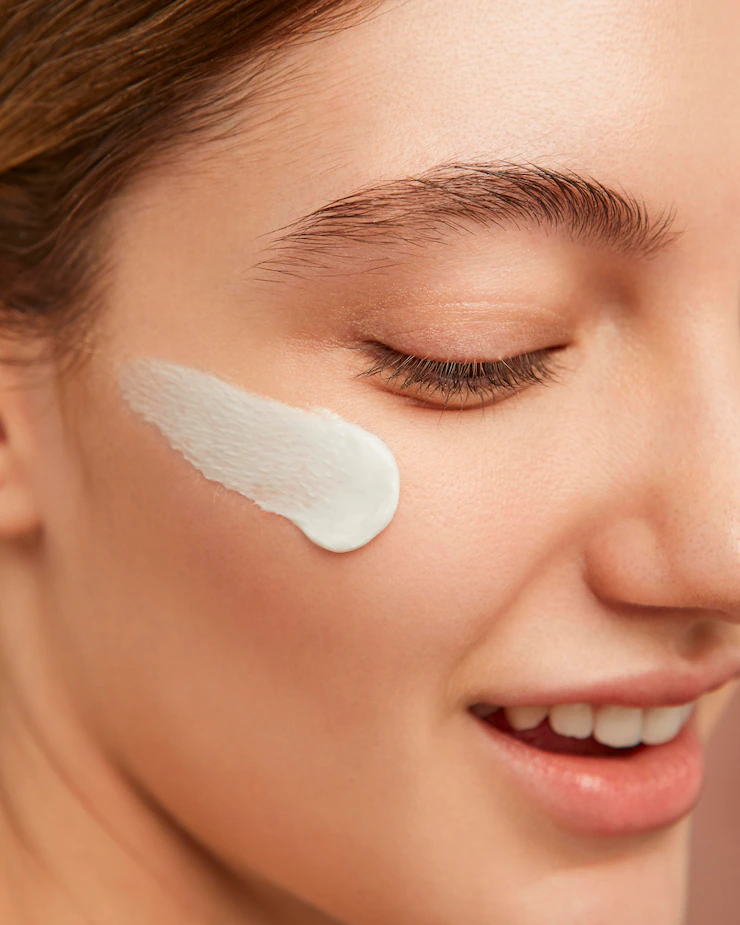- Home
- Cleansing Balm
- Ingredient that cleanse
What is the ingredient that cleanses in cleansing balm?

Have you been wondering what is the ingredient that cleanse in cleansing balms?
Like how does a cleansing balm cleanses? It's a balm but it cleans as well? How is that possible?
Don't worry. I will explain what it is and how it works so that you'll understand why we all should start using cleansing balms!
Cleansing balms are one of the most trending products that consumers love to use! Not only it cleanses but also moisturizes the skin, leaving it soft and supple.
The main ingredients
A cleansing balm can contain only oil-soluble ingredients or a mixture of oil- and water-soluble ingredients.
If you are thinking of emulsion - you are right! Some cleansing balms sold in the market feels much like emulsion.
The main ingredients in a cleansing balm are pretty much basic:
- oils
- butters
- esters
- water
- extracts
- thickeners
- aesthetics - fragrances, colorants, textures
- surfactants
- emulsifiers
- preservatives
Different formulators have different concepts and prefer different ingredients. Therefore, not all products contain all the ingredients above.
So, what is the ingredient that cleanse?
Yes, surfactants used in most cleansing balms are water-based. There are oil-based surfactants and you can usually find them in cleansing oils.
However in cleansing balms, formulators tend to use Emulsifiers as a cleansing agent.
Water and oils do not mix. Hence, we need emulsifiers to bind both ingredients together.
So, since balms contain more oil-soluble ingredients, when connected with water that you are going to provide, it emulsifies and take away dirt, oil and makeup off your skin.
Surfactants in cleansing balms
There are surfactants in cleansing balms, if the formulator chooses to add! And it is completely ok if there isn't any.
If you are a heavy makeup user who uses body paint often, you can formulate a shower oil with Plantapon® WW-CF by BASF.
It is an oil-soluble surfactant that effectively removes dirt and makeup. It also makes a very good cleanser for dry skin.
If your concept allows PEG-based materials, you can also use PEG-20 Glyceryl Triisostearate.
Process of cleansing
Even if a cleansing balm does not contain any surfactants, it will still be able to lift off dirt and makeup.
That is why you should make one yourself!
The emulsifier(s) in the balm + the water on your wet skin + the rubbing of your hands onto the skin = a cleansing process
Wearing eyeliner? No problem.
Apply a little bit of cleansing balm and gently rub your eyelids and you will see how easy it lifts off the pigments from your skin. It will remove even the most waterproof eyeliner!
Do cleansing balms cleanse better?
It depends on individual. Some people prefer to use other cleansing products and achieve desirable results, such as:
- cleansing foam
- cream cleanser
- clay cleanser
- micellar water
- facial wipes
It also depends on your skin type - dry, normal, oily, combination. Sometimes, consumers use 2 cleansing products to remove excessive makeup first and then use another product to properly cleanse the skin.
Cleansing balms are perfect for people with dry or oily skin. Because it contains emollients, it will leave your skin soft, hydrated and supple.
Now that you have a better understanding of cleansing balms, it's time to use one and see how you like it.
You can make an oil-and-butter-based cleansing balm like this one and then wash off excess oils with a foam cleanser.
If you'd like an emulsion-based cleansing balm, you can join my online class, Facial Cream Course for Beginners and tweak a little bit to make a cleansing balm!
❤️ Share with your friends! ❤️

